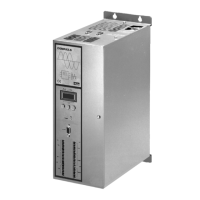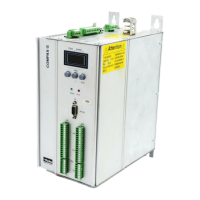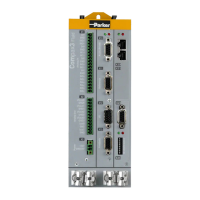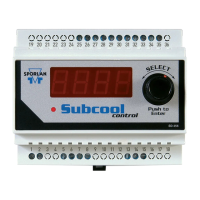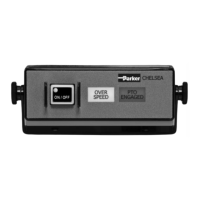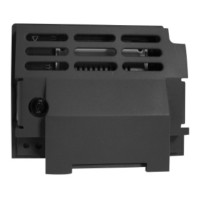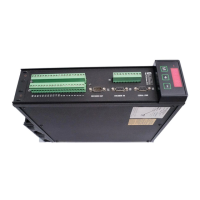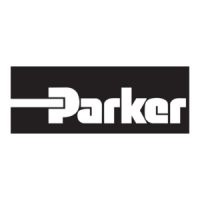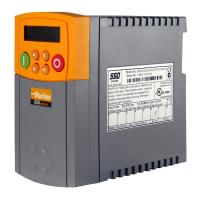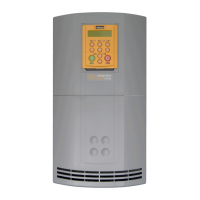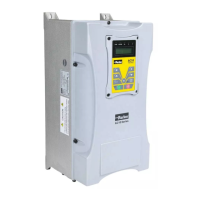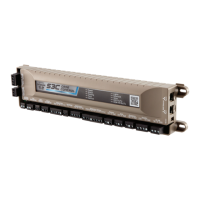Operating Instructions
COMPAX-M / -S
RS232 interface
160
8.6.3 RS232 interface
You can communicate with COMPAX via an RS232 interface on a PC. The
following functions are available.
♦
Direct command input and execution in on-line mode.
♦
Read status values.
♦
Read and write program data records (the complete stock of commands is
available here).
♦
Read and write (password protected) parameters.
♦
Transmit control instructions.
8.6.3.1 Interface description
Interface RS 232
Baud rate: 9600* or 4800 (selected with P19)
COMPAX 1000SL: fixed setting 9600
Word length: 8 bit
Stop bit: 1
Parity: none
Hardware handshake: yes (RTS,CTS)
Software handshake: XON, XOFF (can be selected using P20)
Entry buffer: error string, max. 30 characters
Output buffer: status string, max. 30 characters
Data format: ASCII
End sign: C
R
(carriage return) or C
R
L
F
(carriage return, line
feed)
* Default setting; simultaneously press the three front plate buttons while switching
on to set COMPAX to 9600 Baud.
♦
all displayable ASCII characters
♦
any inserted spaces
♦
a function sign, if nec. ($, ?, !)
♦
C
R
(carriage return) for storing the command in the intermediate memory. If no
function signs have been transmitted, the command is accepted and executed if
necessary (see next page).
♦
L
F
(line feed) has no meaning to COMPAX
COMPAX only receives a command if a previously transmitted command
was answered with C
R
L
F
>.
♦
if the syntax is error-free with C
R
L
F
> or the required response and C
R
L
F
>
♦
if there are errors, depending on the contents of P20
$
Automatic "Position reached" message
1. only applies to POSA and POSR
2. COMPAX transmits: $
C
R
L
F
> when the position is reached.
,
Interpreting and storing commands
COMPAX stores the instruction in the intermediate memory (capacity: one
instruction) without executing it.
?
Echo
COMPAX sends the data received with C
R
L
F
>.
!
Executing commands
Whenever a "!" occurs, the instruction is executed from the intermediate
memory.
These function signs can be attached to any instruction.
Example: POSA 100 $ C
R
L
F
COMPAX moves and responds once position 100 is reached with: $
C
R
L
F
>
Interface
parameters
COMPAX receives
COMPAX
responds:
Meaning of
function signs
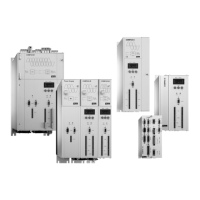
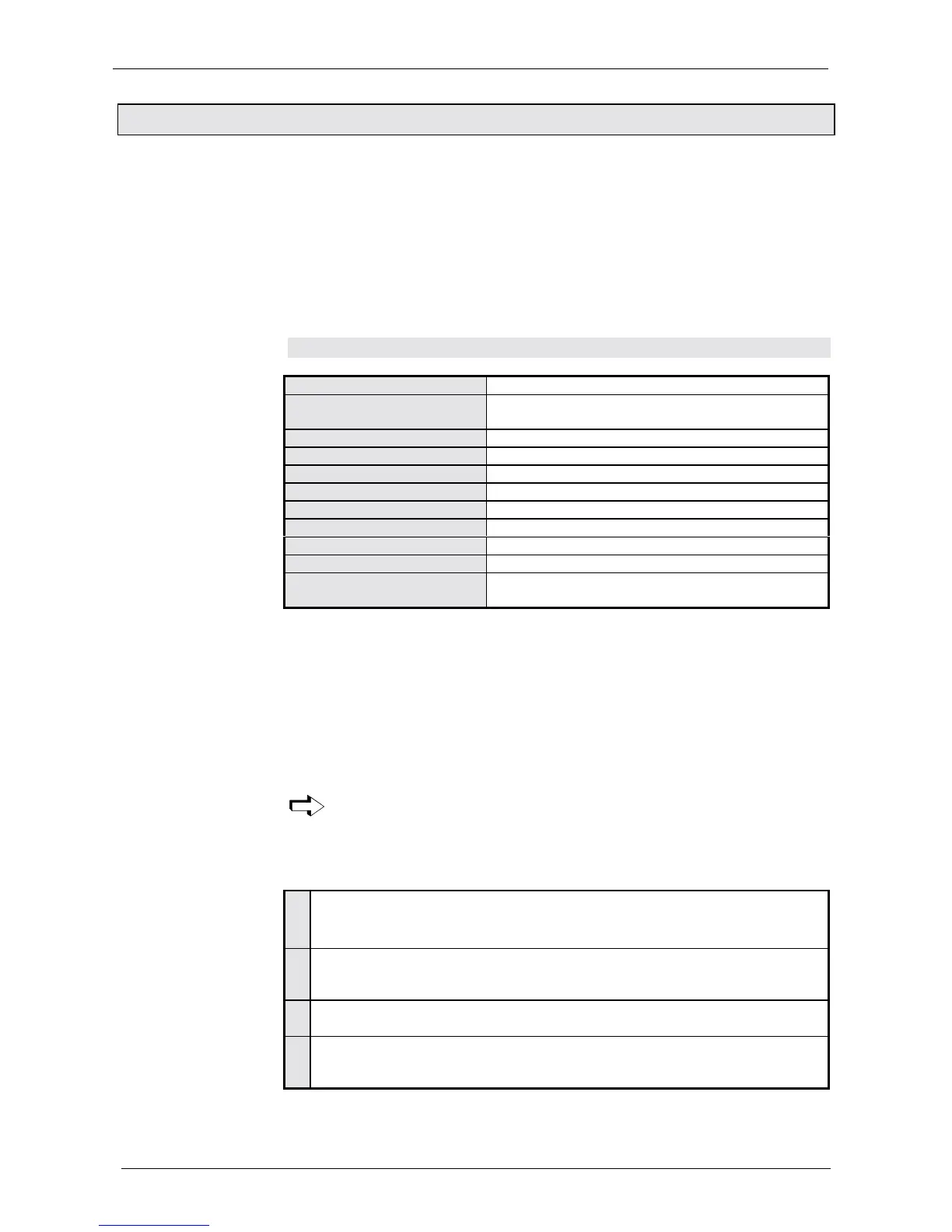